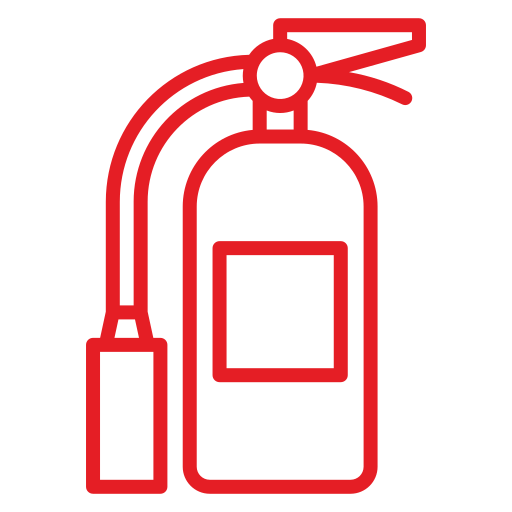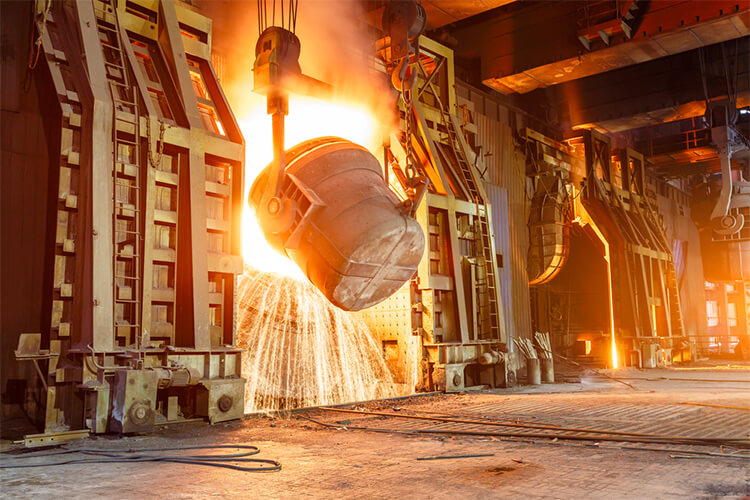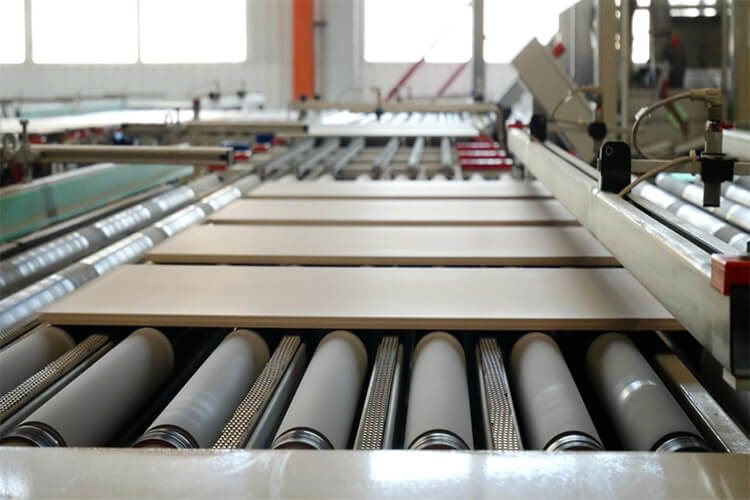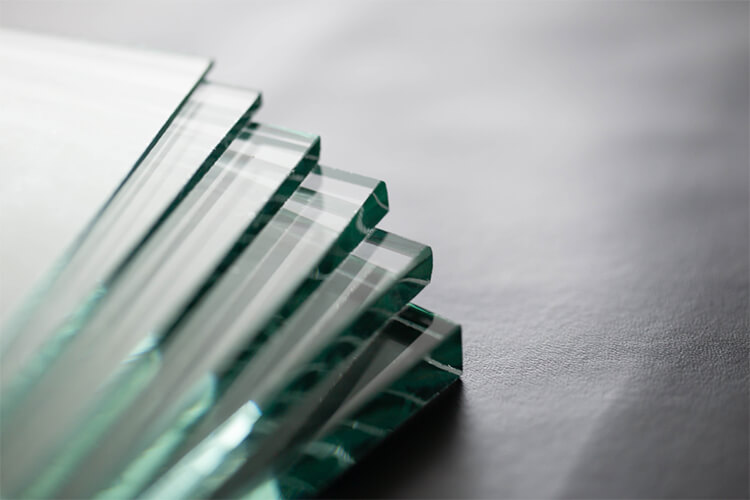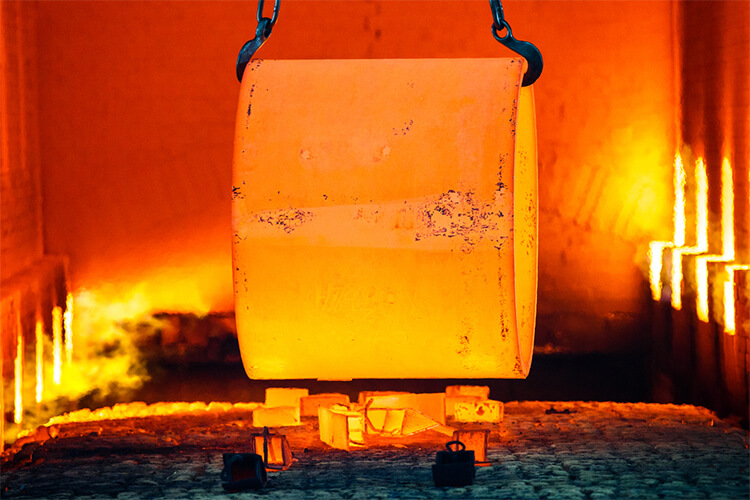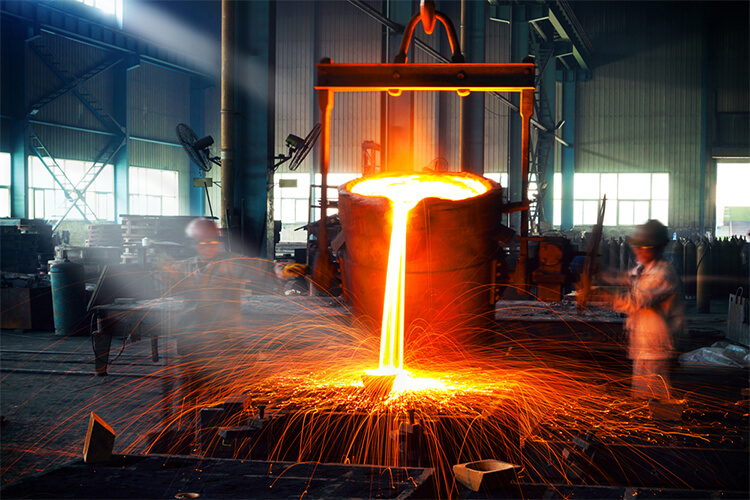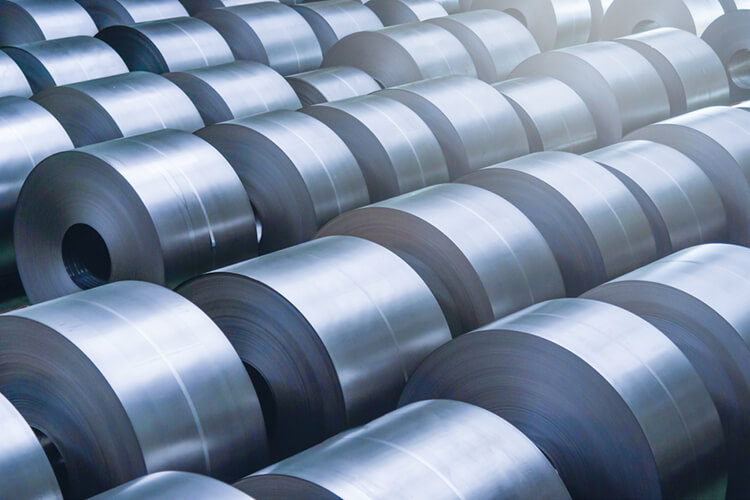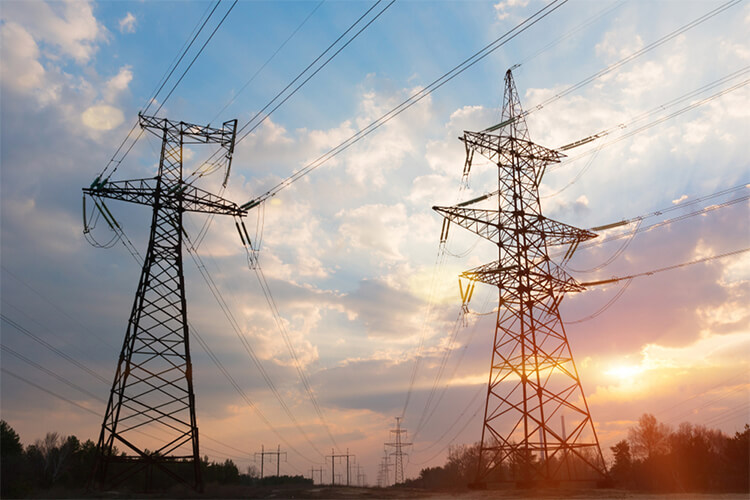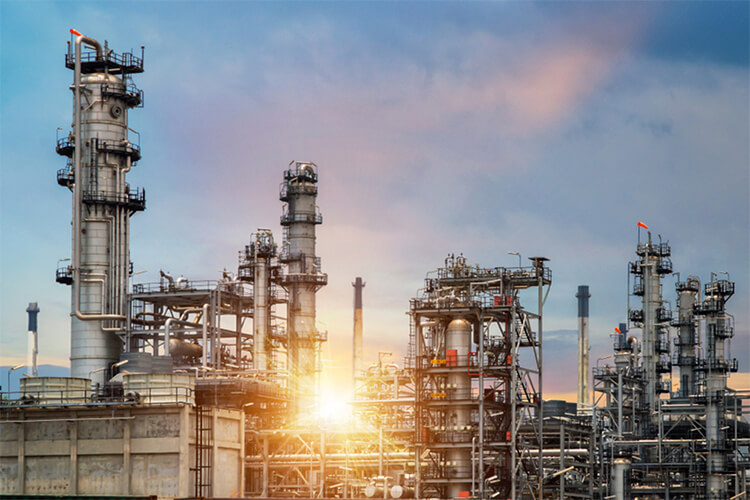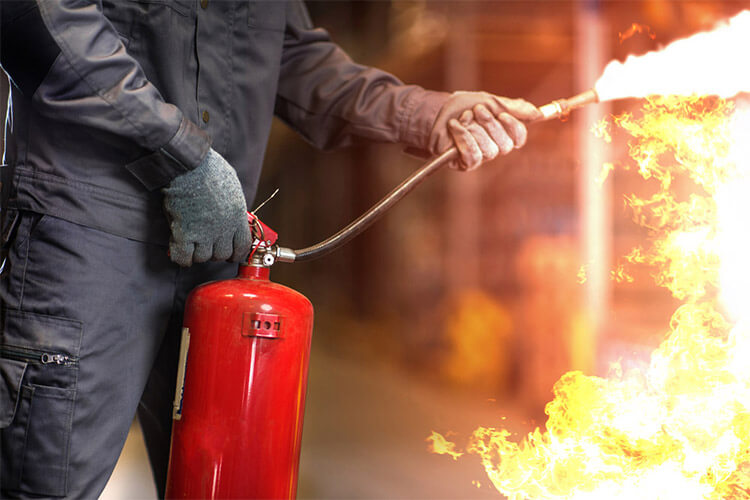-
ÜRÜNLERİMİZ
- Kaplama Kalınlığı Ölçüm Cihazları
- Yüzey profili
- Ortam Şartları
- Tuz ve Toz Kalıntı testleri
- Sertlik Testleri
- Et Kalınlığı Ölçümü
- Parlaklık Ölçümü
- Pinhol Holiday Testleri
- Adhesion (yapışma testleri)
- Fırın sıcaklık Profil cihazları
- Beton Nem Takip Sistemleri
- Enspeksiyon Kitleri
- Smartlink
- Air Leak Test
- Standardlar
- Yazılım




METAL SANAYİDE
LİDER ÇÖZÜMLERFırınlarınızın ısı ve izolasyon
hesaplarının yapılmasında ve en
uygun malzemeler.-
Endüstriyel İzolasyon Ürünleri
- Kanthal Isıtıcı Sistemleri
- Döküm Sektörü Ürünleri
-
Endüstriyel Ölçüm Cihazları
-
Sıcaklık Ölçüm Cihazları
-
Boya ve Kaplama Kalite Kontrol Cihazları
-
Defelsko
- Kaplama Kalınlığı Ölçüm Cihazları
- Yüzey profili
- Ortam Şartları
- Tuz ve Toz Kalıntı testleri
- Sertlik Testleri
- Et Kalınlığı Ölçümü
- Parlaklık Ölçümü
- Pinhol Holiday Testleri
- Adhesion (yapışma testleri)
- Fırın sıcaklık Profil cihazları
- Beton Nem Takip Sistemleri
- Enspeksiyon Kitleri
- Smartlink
- Air Leak Test
- Standardlar
- Yazılım
- Test Cihazları
-
Zehntner
-
Defelsko
-
Sıcaklık Ölçüm Cihazları
- KURUMSAL
-
SEKTÖRLERİMİZ
- DOKÜMANLAR
- KARİYER
- BLOG
- İLETİŞİM




















